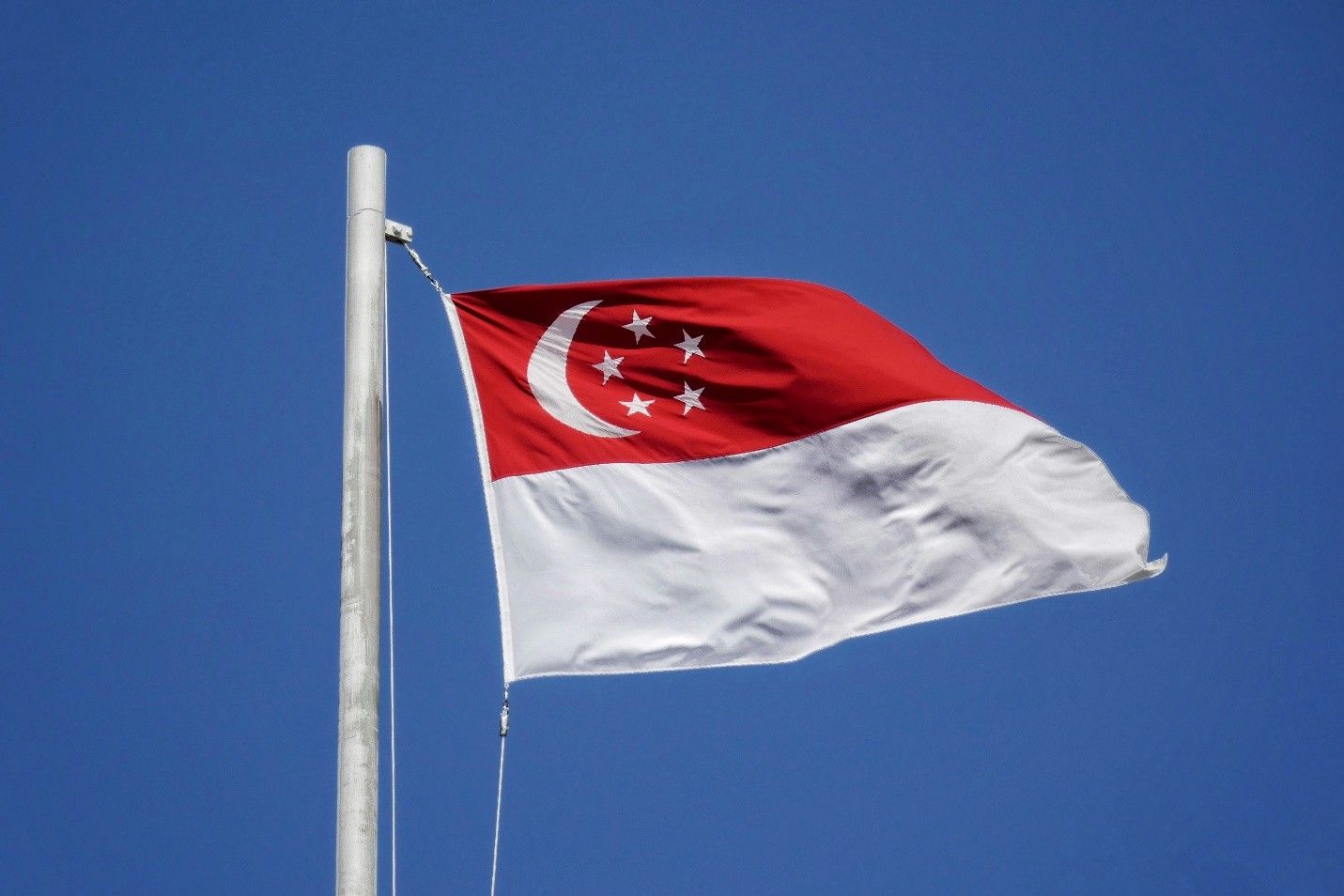
Economy, International Markets, Week in Review
South Africa’s economic instability heightens
South Africa’s economic outlook has improved since last year and set to continue to do so in 2025. Despite easing core inflation, the economy faces rising debt, political instability and a weakening currency. Nevertheless, better fiscal policies and a focus on domestic growth are expected to sustain economic growth.

South Africa’s economic outlook has improved since last year and set to continue to do so in 2025. Despite easing core inflation, the economy faces rising debt, political instability and a weakening currency. Nevertheless, better fiscal policies and a focus on domestic growth are expected to sustain economic growth.
Why it matters: Staying informed about the economic and sociopolitical developments in South Africa is essential for mitigating risks in international B2B trade.
Inflation concerns
South Africa’s inflation rate saw a 3% increase in December 2024, up from 2.9% in November but below the 3.2% forecast, according to Trading Economics. Price growth is driven by key contributors, including miscellaneous goods and services, housing and utilities, alcoholic beverages and tobacco as well as food and non-alcoholic beverages.
Core inflation is decreasing, but still a concern. “We expect inflation to drift higher in 2025 but remain below 4.5% for most of the year. The upward pressure will mainly emanate from food and fuel prices,” Nedbank economists said in a research note, per a Reuters article.
Rising debt
According to recent reports, South Africa is projected to face a significant debt burden in 2025, with many countries dedicating a large portion of their revenue towards debt servicing, potentially reaching around 30% in some cases; this is largely due to a combination of global economic slowdowns and pre-existing high debt levels across the continent.
In October, South Africa’s national debt was predicted to slowly increase between 2024 and 2029 by in total 156.8 billion U.S. dollars (+49.41%), according to a Statista report. “After the tenth consecutive increasing year, the national debt is estimated to reach 474.16 billion U.S. dollars and therefore a new peak in 2029,” the report reads. “Notably, the national debt was continuously increasing over the past years. As defined by the International Monetary Fund, the general government gross debt consists of all liabilities that require payment or payments of interest and/or principal by the debtor to the creditor at a date or dates in the future.”
Weakening currency
The South African Rand weakened against the U.S. dollar on Jan. 27, according to upcoming domestic and international data releases, including interest rate decisions from the Federal Reserve and the South African Reserve Bank (SARB).
“At 1424 GMT, the rand traded at 18.72 against the dollar , about 1.7% weaker than its previous close,” reads a Reuters article. “The dollar last traded about 0.5% weaker against a basket of currencies as traders pondered the ramifications of new U.S. President Donald Trump’s tariff plans.”
Unemployment
Unemployment remains one of the biggest economic challenges for South Africa’s economy. South Africa’s official unemployment rate dropped by 0.2% to 31.9% in the fourth quarter of 2024, according to the Quarterly Labour Force Survey (QLFS) released by Statistics South Africa.
Although the number of unemployed individuals decreased by 20,000 to 7.991 million that same quarter, employment rose by 132,000 to 17.078 million, and the labor force increased by 112,000 to 25.069 million, per Trading Economics.
Inequality
South Africa’s economy faces significant income inequality, with the wealthiest 10% controlling a large portion of the wealth. According to the World Economic Forum, the richest 10% control nearly 56% of total income, reflecting the extreme disparities seen in Latin America and India.
Meanwhile, limited education and healthcare, high youth unemployment and disparities in opportunities due to gender, ethnicity and location contribute to this issue. Additionally, climate change and weak governance’s impact in certain regions hinders efforts to reduce poverty and achieve sustainable development across the continent.
Governance
South Africa faces significant challenges related to weak governance, including issues like widespread corruption, inefficient public spending, poor service delivery at local levels and a lack of accountability.
Initiatives to improve policy execution and engage citizens effectively should help ease these challenges. The Department of National Treasury of the Republic of South Africa is committed to implementing reforms that will enhance inclusive economic growth, achieve a sustainable public debt level, further repair and strengthen network industries and strengthen state capacity to support economic activity, according to their media statement.
What’s next: SARB Governor Lesetja Kganyago told Reuters in an interview at the World Economic Forum’s annual meeting that South Africa’s economy could grow nearly 2% in 2025, up from the projected 1.1% in 2024.
By the numbers: Customers in South Africa have averaged 25 days beyond terms, with 60% saying payment delays have stayed the same, according to the FCIB Credit and Collections Survey.
The most common cause for payment delays is central bank issues, cultural norms/customs and billing disputes (all at 67%).
What Survey respondents are saying:
- “With continued global inflation, conflict and high interest, you need to know your true legal customer to prevent fraud and keep your A/R secured.”
- “It is important to know customer’s payment process to avoid misunderstandings or delays due to administrative issues.”
- “Ensure payment language is on the wire payments received.”
The bottom line: South Africa’s economic landscape remains challenging, yet there are positive signs pointing toward gradual recovery and growth. Continued vigilance and strategic policy implementation will be crucial to navigating these challenges effectively.





